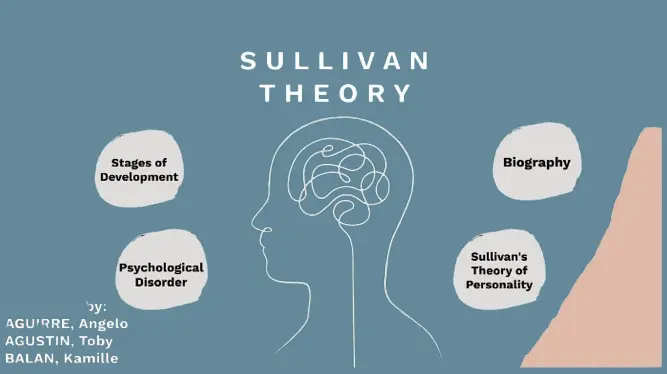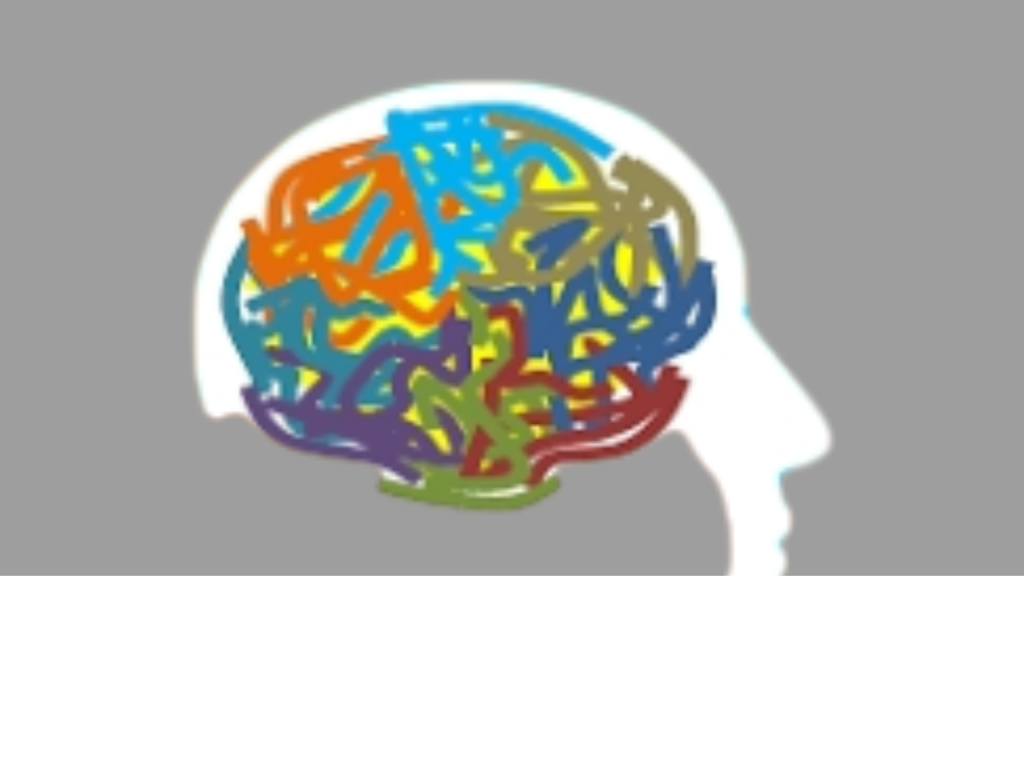Introduction
In today’s fast-paced and hyper-connected world, loneliness and isolation are becoming increasingly common experiences. Surprisingly, people are more digitally connected than ever before, yet feelings of disconnection and emptiness are on the rise. Studies show that millions of individuals—regardless of age, background, or culture—struggle with loneliness at some point in their lives.

But loneliness is not simply “being alone.” A person can feel lonely even in a crowded room or while scrolling through hundreds of social media connections. On the other hand, social isolation refers to an actual reduction or absence of social interaction and relationships. Both loneliness and isolation can significantly affect mental, emotional, and physical well-being if not addressed.
Understanding Loneliness & Isolation
Although loneliness and isolation are often used interchangeably, they are distinct experiences.
- Loneliness is an emotional state that arises when someone feels disconnected, misunderstood, or lacking meaningful relationships. It is subjective—two people in the same situation may feel very differently about it.
- Isolation is a physical or social condition where contact with others is limited or absent. This can happen due to life circumstances, health conditions, or personal choices.
For example, someone may live alone but feel perfectly content (solitude), while another person surrounded by friends might feel lonely because they lack deep emotional connection.
Causes of Loneliness & Isolation
Loneliness and isolation do not occur for a single reason—they are influenced by multiple factors.
1. Social and Cultural Factors
- Moving to a new city or country without support.
- Cultural barriers that make integration difficult.
- Loss of community traditions and shared values.
2. Life Transitions
- Divorce, breakups, or the death of a loved one.
- Retirement leading to less social interaction.
- Shifting to remote work or online education.
3. Technology Paradox
- Pros: Technology allows instant communication across the world.
- Cons: Overreliance on digital interaction can reduce face-to-face contact and deepen feelings of loneliness.
4. Personal Factors
- Shyness or social anxiety.
- Low self-esteem or fear of rejection.
- Mental or physical disabilities that make socializing more difficult.
Impacts of Loneliness & Isolation on Mental Health
The consequences of prolonged loneliness and isolation can be serious. They affect not only mental health but also physical and social well-being.
Mental Health Effects
- Depression: Persistent loneliness is one of the strongest predictors of depression.
- Anxiety: Worry about being judged or excluded can worsen isolation.
- Suicidal thoughts: Chronic loneliness increases the risk of suicidal ideation.
Physical Health Effects
- Higher risk of heart disease, high blood pressure, and weakened immunity.
- Sleep disturbances due to stress and overthinking.
- Accelerated cognitive decline in older adults.
Social Effects
- Withdrawal from social life.
- Difficulty forming new relationships.
- Reduced trust in others.
What Mental Illness is Caused by Isolation?
Isolation doesn’t directly “cause” a mental illness, but it is strongly linked to several conditions:
- Depression – Isolation reduces support networks and increases feelings of hopelessness.
- Anxiety Disorders – Avoiding people or feeling disconnected raises anxiety levels.
- Substance Abuse – People may turn to alcohol or drugs as coping mechanisms.
- Dementia in Older Adults – Long-term isolation has been associated with cognitive decline and dementia.
In short, while isolation may not directly create a mental illness, it is a significant risk factor that worsens existing conditions.
Social Isolation in Daily Life
What does isolation look like in real life?
What is an Example of Social Isolation?
- Elderly Example: An older adult living alone after losing their partner, with little contact with family or community.
- Teen Example: A high school student avoiding classmates and withdrawing into online spaces.
- Workplace Example: Remote employees who rarely interact outside work emails.
- Health Example: Individuals with chronic illness who stay home due to mobility or stigma.
These scenarios highlight how isolation can affect anyone, at any stage of life.
Coping with Loneliness: Strategies and Solutions
Loneliness is not permanent—there are many ways to address it.
Emotional Strategies
- Self-awareness: Recognize loneliness as a signal for connection, not weakness.
- Mindfulness and journaling: Reduce negative thoughts and focus on gratitude.
Social Strategies
- Reconnect with family or friends: Even small conversations can make a big difference.
- Join groups or communities: Clubs, volunteer programs, or classes help build bonds.
- Limit toxic relationships: Sometimes letting go of harmful connections makes space for healthier ones.
Lifestyle Strategies
- Exercise to boost mood and confidence.
- Adopt a pet for companionship.
- Build daily routines that include meaningful interaction.
How to Overcome Isolation?
Isolation can feel overwhelming, but practical steps make recovery possible.
- Reach Out: Call or message someone you trust.
- Create Opportunities: Join community events, clubs, or workshops.
- Balance Online & Offline: Use technology to connect but prioritize real-world interactions.
- Seek Professional Help: Therapists and counselors can provide support strategies.
- Practice Self-Care: Adequate sleep, healthy diet, and hobbies boost mental well-being.
Pros and Cons of Solitude vs. Isolation
It’s important to distinguish between solitude and isolation:
- Solitude (Positive): Chosen alone time that promotes creativity, reflection, and peace.
- Isolation (Negative): Unwanted disconnection that harms mental health.
While solitude can recharge energy, prolonged isolation without choice is damaging.
Role of Society in Combating Loneliness
Combating loneliness is not just an individual responsibility—society has a role too.
- Schools and Colleges: Supportive programs for students who feel left out.
- Workplaces: Encouraging collaboration, mental health support, and social activities.
- Communities: Building local clubs, centers, and outreach initiatives.
- Governments: Policies that focus on social care, especially for the elderly and vulnerable.
The Future of Loneliness in a Digital Age
As technology evolves, loneliness may become both easier and harder to manage.
- Positives: Virtual support groups, mental health apps, and online communities provide new ways to connect.
- Negatives: Over-reliance on digital validation can deepen feelings of emptiness.
The future challenge will be finding balance—using technology as a tool for connection rather than a replacement for real relationships.
Conclusion
Loneliness and isolation are not just personal struggles—they are public health issues. While loneliness is an emotional state and isolation is a lack of social contact, both can seriously harm mental and physical health if left unaddressed.
The good news is that solutions exist. By building supportive connections, practicing self-care, seeking help, and creating inclusive communities, we can reduce the stigma around loneliness and encourage healthier relationships.
Everyone deserves to feel seen, heard, and connected. Addressing loneliness and isolation is not just about avoiding pain—it’s about building a life filled with meaning, support, and belonging.



